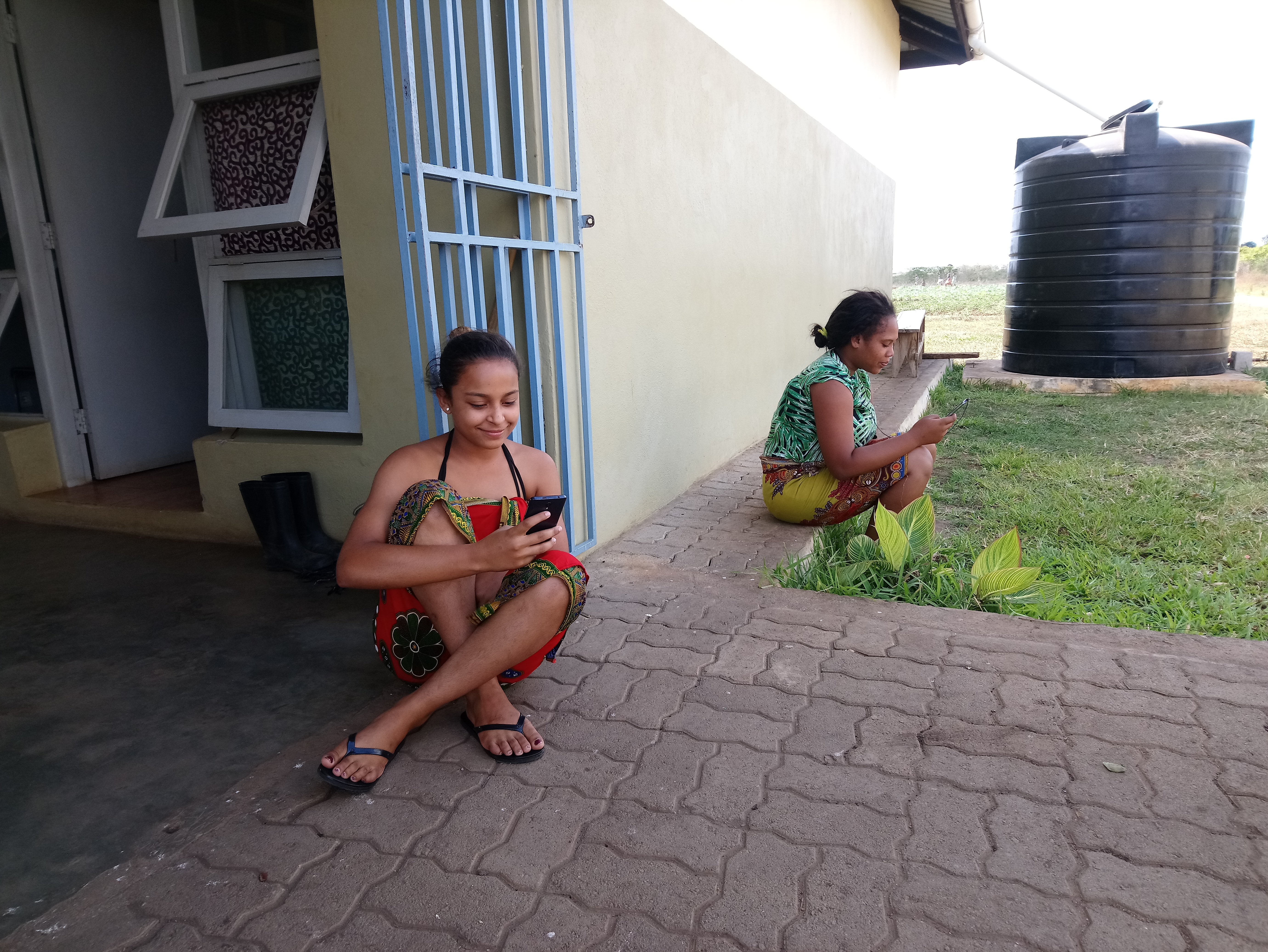SV4D project takes internet to isolated communities
We live in an era in which the internet is a fundamental tool for our daily lives. We can shop without leaving the house, use numerous applications that facilitate the accomplishment of daily tasks, as well as having access to a world of information in real time with just one click. But it is hard to imagine that even today there are regions with little, or zero Internet connection. In Brazil, for example, about 39% of households still do not have any form of Internet access. A survey conducted by the Internet Management Committee (CGI.br) and released on July 24 of this year, pointed out that about 27 million Brazilian households have no connection. Another survey conducted in 2017 by IPEA showed that 2325 Brazilian municipalities do not have fiber for broadband internet.
Like Brazil, other developing countries face this issue. Thinking about this challenge, Fraunhofer AICOS in Portugal works on the SV4D project, which aims to link a minimum of 20 laboratories in 15 rural locations in the 9 countries of the Portuguese-speaking Community (Angola, Cape Verde, Brazil, Guinea Bissau, Equatorial Guinea, Mozambique, Portugal, São Tomé and Príncipe, and East Timor) by expanding access to the Broadband and ICTs to remote communities.
The SV4D architecture focuses on the provision of broadband access to those communities through the Comm4Dev infrastructure. This infrastructure extends the state of the art regarding connectivity in remote regions, adapting them to the characteristics of existing technologies in the target communities, and reducing their complexity concerning utilization and maintenance, making them self-configuring, resilient, robust and autonomous (i.e., solar powered and with remote management).The SV4D architecture also includes a software framework for occasional connectivity that considers the concept of Delay/Disruption Tolerant Networking (DTN). Such a framework targets inherent characteristics of the isolated communities (e.g., intermittent connectivity and lack of end-to-end paths), exploring the Store-Carry-Forward paradigm that "simulates" the notion of permanent connectivity.
A Project Pilot has already been implemented successfully in Mozambique. During a five-week long journey, AICOS’ researchers Waldir Moreira, André Pereira, Eduardo Pereira and Carlos Resende followed up on the effort to promote universal access to broadband communications and Information and Communication Technologies (ICT). Thanks to their work, both in Mocuba and Alto Molocue, there are now hundreds of people with access to free internet.
Within the SV4D project, the team deployed a collection of hardware and software tailored to answer the needs of these undeserved communities, by adapting existing technology to connect citizens, reducing deployment costs through flexible and interoperable integration into existing networks, and using a framework that simulates permanent connectivity, allowing the exchange of data between mobile devices until the information reaches a connected area where it can be forwarded to the desired destination.
In Mocuba, there is now internet access at the Faculty of Agriculture and Forestry Engineering of the Zambeze University, at the local High School, at the District Hospital, at the Agrarian Institute, as well at District and Municipal buildings. In Alto Molocue there are also a number of places where citizens are now connected, namely, the Pista Nova High School, the Teacher Training Institute, the local market and the Municipal Council building.
The team also took the opportunity to meet with local government, having met with the President of the Municipality of Mocuba, Beatriz Ferreira Gulamo, to present the project and its objectives.
Coordinated by Fraunhofer AICOS, this project has the support of FSAU – Fundo do Serviço de Acesso Universal from INCM – Instituto Nacional das Comunicações de Moçambique, and ARCTEL-CPLP – Associação de Reguladores de Comunicações e Telecomunicações da Comunidade dos Países de Língua Portuguesa.
In Brazil the initiative is still under negotiation, but there is an expectation that this technology can also be implemented in the country.
 Fraunhofer Liaison Office Brazil
Fraunhofer Liaison Office Brazil